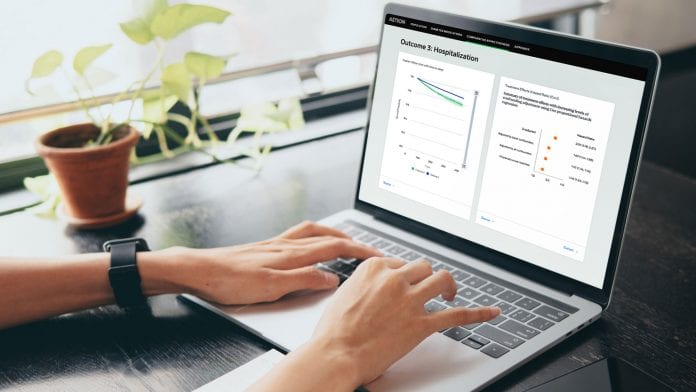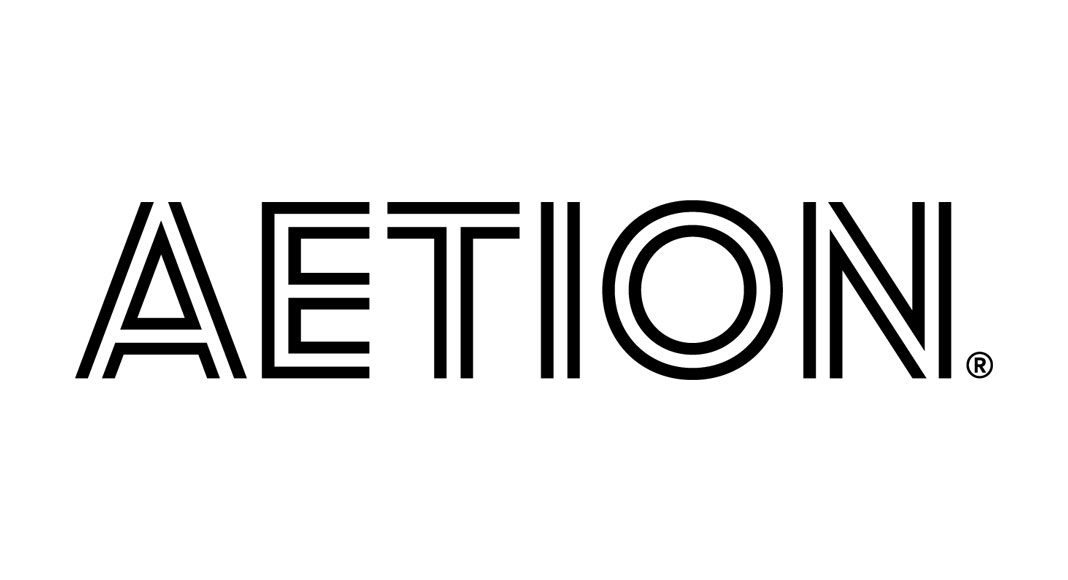
Ashley Jaksa and Nicolas Deltour of Aetion, Inc explain how global biopharma, regulators, and health technology assessments use real-world evidence to inform healthcare decision-making.
Real-world evidence (RWE) has emerged as an important tool for global regulators, health technology assessment (HTA) bodies, and biopharma organisations alike as they hunt for new, innovative ways to inform and accelerate decision-making.
RWE comprises the insights gathered from routinely collected healthcare data, otherwise known as real-world data (RWD), which can include information from claims, electronic health records (EHRs), lab tests, and wearable devices, among other sources.
This means that RWE can demonstrate the safety and effectiveness of treatments in real clinical practice, beyond the controlled environment of a clinical trial, as well as in broader populations: people with multiple comorbidities, pregnant women, and other groups are often excluded from clinical trials, but are represented in RWD. RWE can complement data from randomised controlled trials (RCTs) to strengthen evidence packages; and, in some cases, may replace clinical trials where they are not ethical or feasible – for example, for rare disease treatments if there are no other available products.
Aetion is a healthcare technology company which works with biopharma companies, payers, regulatory agencies, and HTA bodies to generate decision-grade RWE. The Aetion Evidence Platform® analyses RWD to produce transparent, rapid, and scientifically validated answers on treatments, costs, and outcomes.
Ashley Jaksa, Aetion’s Vice President of Science, and Nicolas Deltour, Vice President of Real-World Solutions, draw upon years of experience working with RWE and biopharma to offer insights on the RWE landscape and outline the future actions which European regulators and HTA bodies must take to advance the use of RWE.
How are biopharma, regulatory, and HTA organisations using RWE in their processes?
Nicolas Deltour (ND): At the pharma level, RWD has been widely used over the last decade to support safety monitoring and surveillance, especially for post-authorisation safety studies. Pharma companies have also increasingly used RWD to support development; for example, to inform clinical trial protocols. Biopharma also uses RWD and Artificial Intelligence (AI) to support hypothesis generation for drug repurposing studies; and to assess the safety and effectiveness of new drugs compared to those already on the market to understand value.
Ashley Jaksa (AJ): RWE as a concept is not new for regulators and HTAs. HTA organisations are accustomed to using observational studies and utilisation data to enhance cost effectiveness models; while regulators use observational data for safety and surveillance, as well as to approve treatments for rare diseases which may not be well suited for RCTs.
Now, with accelerated approval processes and increased uncertainty at the time of launch, regulators and HTA agencies are navigating how RWE can provide supplemental data to inform decision-making. We have the technology and the methodology to produce rapid, valid RWE to answer causal questions which we traditionally believed could only be answered with data from RCTs.
ND: I agree. Today we also have a massive amount of data available – from EHRs, claims, patient registries, social media, and wearable devices – which are generated on a daily basis. These data, combined with robust methodologies associated with technologies like AI and machine learning, lead to efficient RWE generation that can support decision-making for all stakeholders. RWD can also support benefit-risk and value assessments of drugs throughout the product lifecycle, ultimately bringing innovative treatments to patients faster.
How do European regulators and HTA bodies use RWE to inform decision-making, and how does this differ country by country?
AJ: While most countries are in nascent stages of RWE adoption, some are open to innovating faster than others. In the United Kingdom, the National Institute for Health and Care Excellence (NICE) is working to determine how to leverage RWE; and has issued a statement of intent to work on RWE guidance. The Medicines and Healthcare products Regulatory Agency (MHRA) has also stated plans to issue guidance on RWE. Other countries are more cautious; for example, Germany is focused only on registry data to inform decision-making, not claims or EHRs.
ND: Between the UK and Germany, there are others like France’s Haute Autorité de Santé (HAS), which recently issued updated guidance that includes the need for RWD in evaluations. The European Medicines Agency (EMA) is also aware of the added value of RWE: it has deployed a strategy through to 2025, which includes a Big Data Task Force to establish a platform of expertise, tools, and data to facilitate the generation of RWE.
What should regulators and HTAs prioritise in future guidance to advance the use of RWE?
AJ: What we need most is collaboration on RWE methodology and standards between HTAs, regulators, technology organisations, academics, data providers, and others. Many groups have published position pieces to offer recommendations on small aspects of RWE, but we don’t have comprehensive guidance on each one of those aspects. For example, most people agree that a dataset used in an RWE study must be fit for the purpose of answering a specific research question. But how do you define or measure aspects of fitness for purpose? Several organisations have offered definitions, but there is no consensus on which approach is correct.
While we are still in the early stages of RWE adoption, we need to make rapid progress on guidance development. Without comprehensive guidance on what ‘good’ RWE looks like, we will continue to see varying quality of studies.
ND: Another priority should be to develop guidance that supports regulatory staff in reviewing RWE studies. Such a template could support both regulators and biopharma in providing dosing information. It would also be helpful to develop and harmonise a way to define outcomes in RWD studies. If we had a clear view in Europe of which kinds of outcomes we can draw on to study disease-area-specific data, we could increase confidence in RWE results.
What are the benefits of an RWE platform for biopharma, regulators, and HTAs?
AJ: The biggest benefit is transparency, both in terms of the data being evaluated and in the trust in the processes that transparency facilitates. Another benefit is that platforms, especially Aetion’s, provide the appropriate guardrails to help ensure good science and valid studies.
ND: One of the key benefits of a platform is that it ensures the proper methods are used to run a study, and that it is run transparently. For a regulator or HTA, platforms enable users to reproduce studies – and pressure test them through sensitivity analyses – to ensure the reliability of results.
About Aetion
Aetion is a healthcare technology company which delivers RWE for life sciences companies, payers, at-risk providers, and regulatory agencies. The Aetion Evidence Platform analyses data from the real world to produce transparent, rapid, and scientifically validated answers on treatments, costs, and outcomes. Founded by Harvard Medical School faculty with decades of experience in epidemiology and health outcomes research, Aetion informs healthcare’s most critical decisions – what works best, for whom, and when – to guide treatment development, commercialisation, and payment innovation.
This article is from issue 16 of Health Europa. Click here to get your free subscription today

























